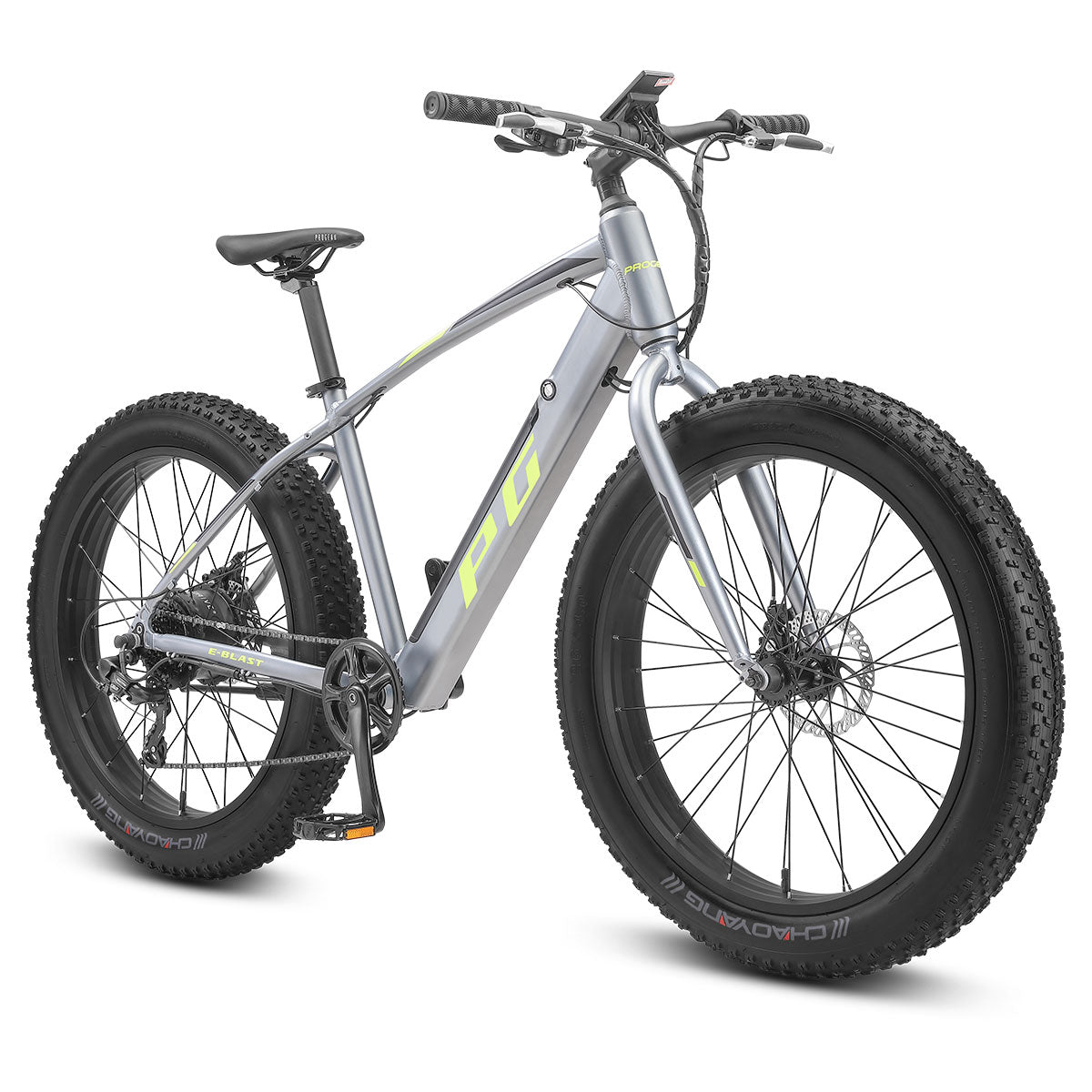
Mountain biking is an exhilarating and enriching way to enjoy the outdoors. Exploring nature on a sturdy mountain bike is both fun and great exercise. Today, we’re here to talk about a common issue with mountain biking, and that’s tackling hills. Both uphill and downhill climbing involves specific techniques in maintaining your safety and the integrity of your bike. In this guide, we’ll talk about understanding your bike, how to manage speed and the principles of riding ascents and descents.
For guidance on selecting the ideal bike for your needs, explore Choosing the Right Mountain Bike for You. With the right bike and techniques, you'll be well-equipped to tackle any trail with confidence.
Learn How Your Bike Works

Mountain bikes generally fall into two categories: hardtails and full suspension. Hardtails have a front suspension and a rigid rear, offering better pedalling efficiency and lower weight, which can be useful for climbing.
Full-suspension bikes, with both front and rear suspension, provide enhanced control and comfort on rough descents, absorbing shocks and maintaining traction. For a deeper dive into the pros and cons of each, check out our comparison between hardtail and full suspension mountain bikes.
The next thing to be 100% clear on is yourgears. Knowing how to use your bike’s gears effectively means you’ll be better prepared for different terrains. Lower gears are useful for climbing, while higher gears can help you gain speed on flat or downhill sections. For additional insights on how electric mountain bikes enhance performance, visit Electric Mountain Bikes: Performance Benefits and Buying Tips.
Principles of Uphill Mountain Biking
Maintain a Steady Cadence
A consistent pedal stroke helps you manage your energy efficiently and keeps your bike moving steadily. Aim for a cadence that allows you to sustain a steady rhythm without overexerting yourself. Shifting to a lower gear can help maintain this rhythm, reducing the strain on your legs and enabling smoother climbs.
Keep Your Weight Forward
As you ascend, shift your body weight slightly towards the handlebars to keep the front wheel from lifting off the ground. This position works to maintain traction on the rear wheel and prevents the bike from slipping or losing control.
This will also help to engage the bike's front suspension more effectively, absorbing shocks and providing better control over rough patches. Remember to keep your upper body relaxed and your core engaged to stabilise your ride and make climbing more efficient.
Principles of Downhill Mountain Biking
Control Your Braking
Instead of slamming on the brakes, use a smooth and gradual approach to avoid skidding. Apply the brakes intermittently rather than continuously to allow the bike to decelerate gradually.
This technique helps in preserving traction, especially on loose or uneven surfaces.
Shift Your Weight Back
By moving your body weight towards the rear of the bike, you prevent the front wheel from lifting off the ground, which can lead to loss of control.
To shift your weight back effectively, keep your arms slightly bent and your body centred over the rear wheel, while maintaining a low and stable posture. This technique enhances traction on the front wheel and improves overall stability, making downhill rides safer and more manageable.
Managing Speed

On both uphill and downhill sections, controlling your speed helps maintain balance, optimise your energy and reduce the risk of accidents.
When climbing, manage your speed by maintaining a steady cadence and using the appropriate gears. Try to avoid accelerating rapidly as this can lead to premature fatigue or a loss of control. Instead, focus on a smooth and consistent pace that allows you to tackle the climb efficiently.
Descending requires a different approach. Here, you’ll need to stay in control of your speed. Use a combination of braking and body positioning to manage your descent. Apply the brakes gradually and intermittently rather than continuously to avoid overheating them and losing traction.
Practicing your speed management on different terrains is a good way to build confidence and skill. With experience, you'll develop a better sense of when to adjust your speed for optimal performance and safety.
Practice Makes Perfect
Building confidence in mountain biking comes with consistent practice and the right approach. Here
are some tips to build your confidence:
- Start Small: Begin with easier trails and gradually progress to more challenging ones. This approach allows you to develop foundational skills without feeling overwhelmed.
- Focus on Technique: Work on mastering basic techniques such as braking, cornering and gear shifting. Consistent practice will help you handle more complex situations with greater ease.
- Ride Regularly: Frequent riding helps you become familiar with different conditions and terrains, boosting your confidence in handling various challenges.
- Join a Group: Riding with more experienced mountain bikers can provide valuable tips and encouragement. Observing their techniques and asking for advice can accelerate your learning process.
- Use Proper Gear: Investing inessential mountain biking accessories, such as protective gear and quality equipment, can enhance your safety and comfort, allowing you to focus on improving your skills.
Conclusion

Preparing for your first mountain bike ride involves understanding your bike, choosing the right gear and gradually building your skills. With the right preparation and mindset, you'll be ready to tackle your mountain biking adventures. For more insights into mountain biking options and choosing the right bike for your needs, check out our guide on fat tyre bikes versus mountain bikes. And if you have any further questions about mountain biking and our range of products, don’t hesitate to reach out to our team and we’ll be happy to help you out.





















